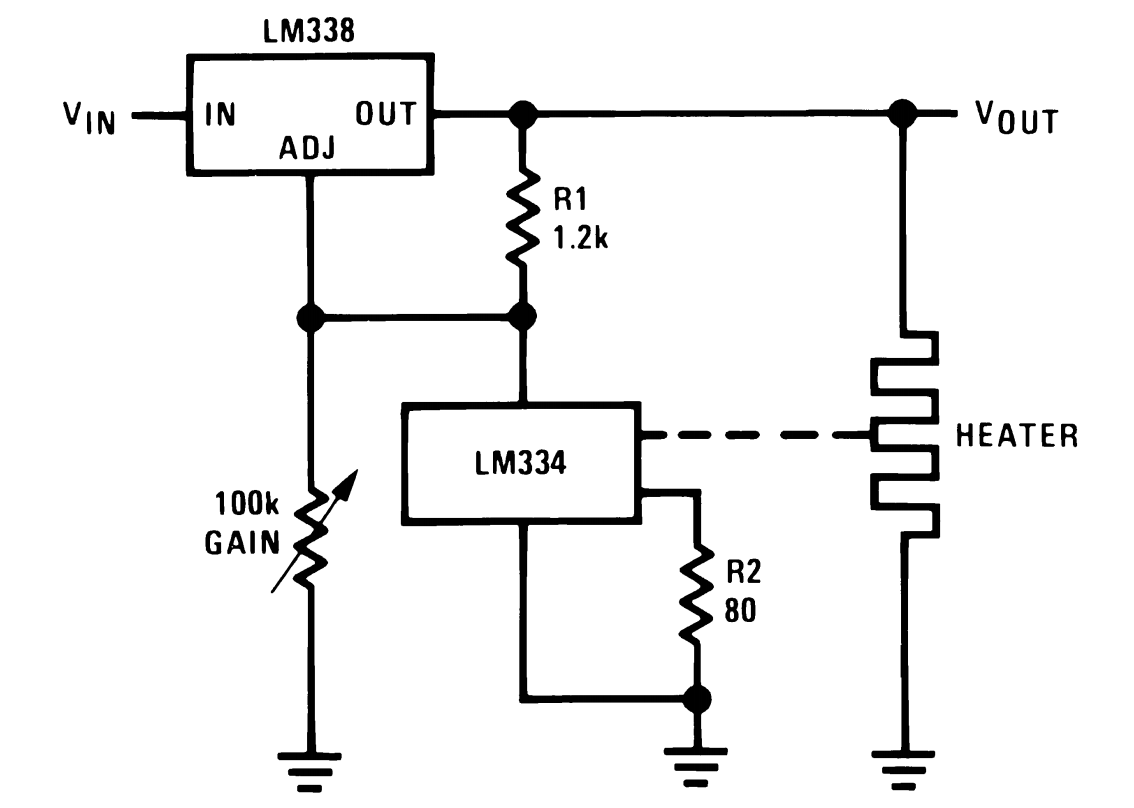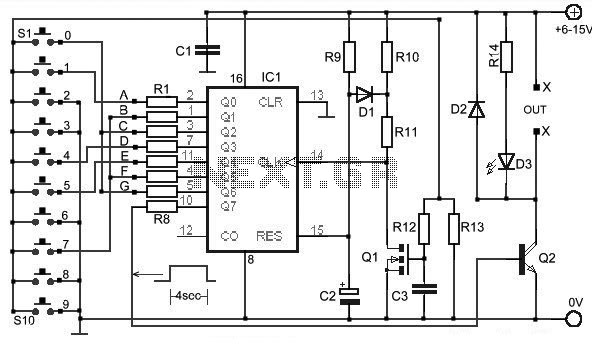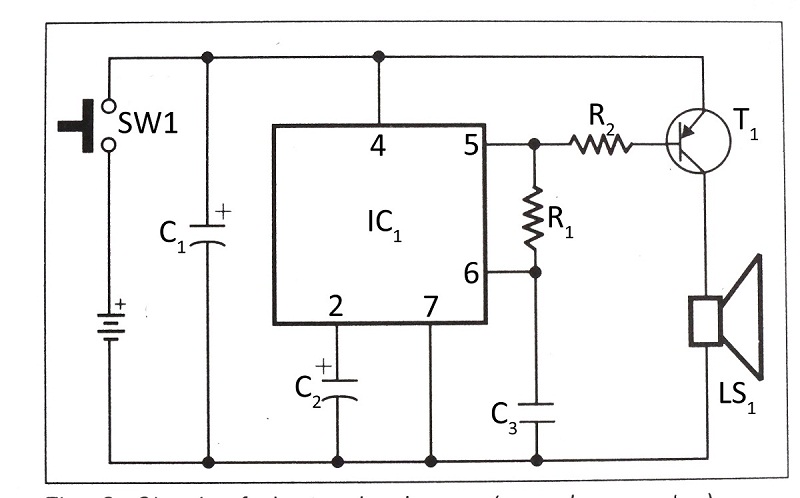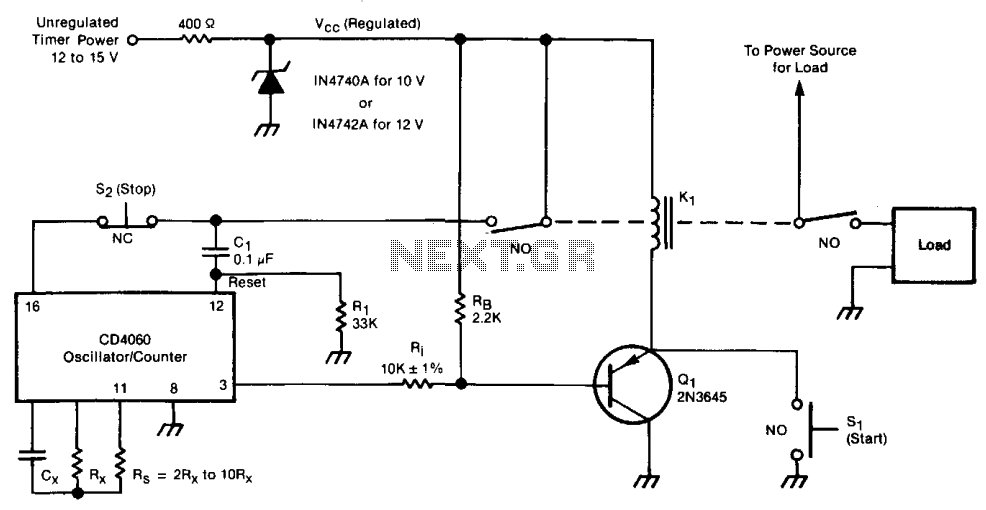
Hand Steadiness electronic Game
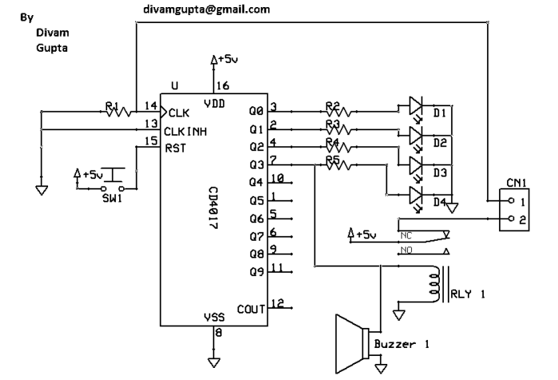
The Hand Steadiness Tester is a game which tests the steadiness of your hand. The player has to take the ring from one end to another end without touching it to the wire. In this the player gets 4 turns. If the player touches the wire 4 times he has to reset the game & start the whole game from the beginning. This project consists of IC 4017, a Buzzer, a Relay, some resistors, a Push button and 4 LEDs. There is also a PCB layout given. There are many types of Hand Steadiness Testers which are very simple. This New Hand Steadiness Tester is more advanced. When the player touches the wire one time 1st LED turns on. When he touches 2nd time the 2nd LED turns on. When he touches 3rd time the 3rd LED turns on. When he touches 4th time the 4th LED turns on & the buzzer starts beeping. To stop the buzzer he has to push the reset button. This is IC 4017. Q0 -Q3 are connected to LEDs through 330ohms resistors. Q3 is also connected to a buzzer & a relay. When we touch the wire with the ring, a positive current flows to pin 14. When the player touches the wire 4 times, the relay gets on; this breaks the contact between the ring and pin 14 of IC. So after that the buzzer keeps beeping. When we push the reset button, the IC resets and the buzzer, the LED & the relay gets off.
The Hand Steadiness Tester is an interactive electronic device designed to evaluate a user's hand stability by navigating a conductive ring along a wire without making contact. The primary components of this circuit include the CD4017 decade counter IC, which is pivotal in managing the LED indicators and triggering the buzzer and relay based on the game progress.
The circuit operates by utilizing the ring as a conductive object that completes a circuit when it touches the wire. Each time the wire is touched, a positive voltage is sent to pin 14 of the CD4017, which increments the output state. The outputs Q0 through Q3 are connected to four individual LEDs via 330-ohm resistors, illuminating one LED for each touch, thereby providing visual feedback to the player. Upon the fourth touch, the output at Q3 activates, which simultaneously triggers a buzzer and a relay.
The buzzer emits a sound to indicate that the player has failed to navigate the ring successfully four times, prompting the need for a reset. The relay serves a dual purpose; it disconnects the conductive path between the ring and pin 14 of the IC, ensuring that further touches do not affect the game state until it is reset. The reset function is initiated by pressing a push button, which clears the IC’s count and turns off the buzzer, LEDs, and relay, allowing the player to start the game anew.
The PCB layout for the Hand Steadiness Tester has been designed to accommodate all components efficiently, ensuring that the connections are stable and reducing the risk of interference or short circuits. This advanced version of the Hand Steadiness Tester enhances the user experience by providing immediate feedback and a clear mechanism for game reset, making it a more engaging and challenging game compared to simpler versions.The Hand Steadiness Tester is a game which tests the steadiness of your hand. The player has to take the ring from one end to another end without touching it to the wire. In this the player gets 4 turns. If the player touches the wire 4 times he has to reset the game & start the whole game from the beginning. This project consists of IC 4017, a Buzzer, a Relay, some resistors, a Push button and 4 LEDs. There is also a PCB layout given. There are many types of Hand Steadiness Testers which are very simple. This New Hand Steadiness Tester is more advanced. When the player touches the wire one time 1st LED turns on. When he touches 2nd time the 2nd LED turns on. When he touches 3rd time the 3rd LED turns on. When he touches 4th time the 4th LED turns on & the buzzer starts beeping. To stop the buzzer he has to push the reset button. This is IC 4017. Q0 -Q3 are connected to LEDs through 330ohms resistors. Q3 is also connected to a buzzer & a relay. When we touch the wire with the ring, a positive current flows to pin 14. When the player touches the wire 4 times, the relay gets on; this breaks the contact between the ring and pin 14 of IC. So after that the buzzer keeps beeping. When we push the reset button, the IC resets and the buzzer, the LED & the relay gets off. 🔗 External reference
The Hand Steadiness Tester is an interactive electronic device designed to evaluate a user's hand stability by navigating a conductive ring along a wire without making contact. The primary components of this circuit include the CD4017 decade counter IC, which is pivotal in managing the LED indicators and triggering the buzzer and relay based on the game progress.
The circuit operates by utilizing the ring as a conductive object that completes a circuit when it touches the wire. Each time the wire is touched, a positive voltage is sent to pin 14 of the CD4017, which increments the output state. The outputs Q0 through Q3 are connected to four individual LEDs via 330-ohm resistors, illuminating one LED for each touch, thereby providing visual feedback to the player. Upon the fourth touch, the output at Q3 activates, which simultaneously triggers a buzzer and a relay.
The buzzer emits a sound to indicate that the player has failed to navigate the ring successfully four times, prompting the need for a reset. The relay serves a dual purpose; it disconnects the conductive path between the ring and pin 14 of the IC, ensuring that further touches do not affect the game state until it is reset. The reset function is initiated by pressing a push button, which clears the IC’s count and turns off the buzzer, LEDs, and relay, allowing the player to start the game anew.
The PCB layout for the Hand Steadiness Tester has been designed to accommodate all components efficiently, ensuring that the connections are stable and reducing the risk of interference or short circuits. This advanced version of the Hand Steadiness Tester enhances the user experience by providing immediate feedback and a clear mechanism for game reset, making it a more engaging and challenging game compared to simpler versions.The Hand Steadiness Tester is a game which tests the steadiness of your hand. The player has to take the ring from one end to another end without touching it to the wire. In this the player gets 4 turns. If the player touches the wire 4 times he has to reset the game & start the whole game from the beginning. This project consists of IC 4017, a Buzzer, a Relay, some resistors, a Push button and 4 LEDs. There is also a PCB layout given. There are many types of Hand Steadiness Testers which are very simple. This New Hand Steadiness Tester is more advanced. When the player touches the wire one time 1st LED turns on. When he touches 2nd time the 2nd LED turns on. When he touches 3rd time the 3rd LED turns on. When he touches 4th time the 4th LED turns on & the buzzer starts beeping. To stop the buzzer he has to push the reset button. This is IC 4017. Q0 -Q3 are connected to LEDs through 330ohms resistors. Q3 is also connected to a buzzer & a relay. When we touch the wire with the ring, a positive current flows to pin 14. When the player touches the wire 4 times, the relay gets on; this breaks the contact between the ring and pin 14 of IC. So after that the buzzer keeps beeping. When we push the reset button, the IC resets and the buzzer, the LED & the relay gets off. 🔗 External reference
